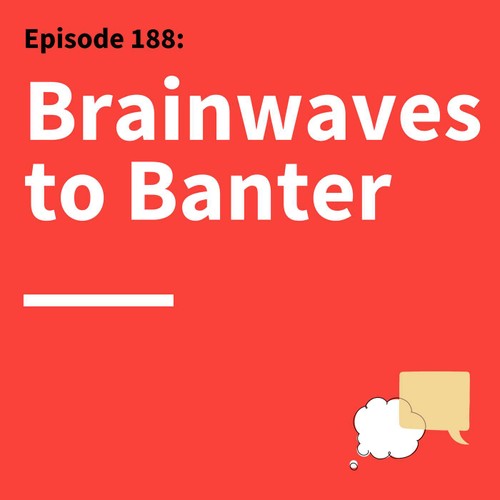
 Think Fast Talk Smart: Communication Techniques
Think Fast Talk Smart: Communication Techniques 188. Mind Reading 101: To Know What Your Audience Thinks, Just Ask
221 snips
Feb 25, 2025 Matt Lieberman, a UCLA psychology professor and director of the Social Cognitive Neuroscience Lab, explores the nuances of communication. He emphasizes the difference between mind-reading and his concept of 'perspective-getting,' advocating for direct dialogue to enhance understanding. The conversation dives into how social and physical pain share neural pathways and explains the loneliness crisis through neuroimaging insights. Lieberman also highlights humility and curiosity as essential traits for effective communication.
AI Snips
Chapters
Books
Transcript
Episode notes
Perspective-Getting
- Mind-reading helps us understand others, but perspective-taking often leads to projection, not understanding.
- Perspective-getting, or asking directly, yields more productive conversations and accurate understanding.
Persuasion Techniques
- Use storytelling and narrative persuasion instead of direct commands when persuading.
- Let others feel like they self-persuaded; this makes the persuasion more effective and lasting.
Social Pain as Physical Pain
- Social pain activates similar brain regions as physical pain, indicating a shared neural basis.
- While distinct, social pain belongs in the "pain club" and serves as a signal and learning opportunity.




